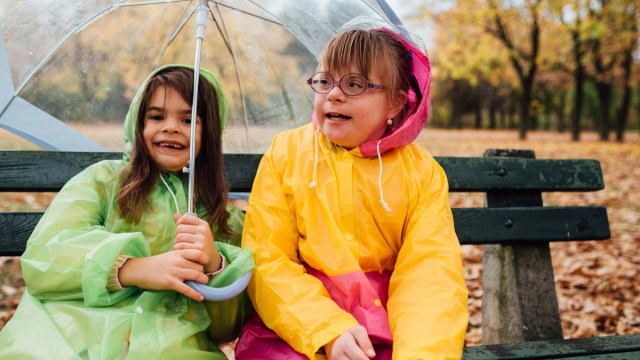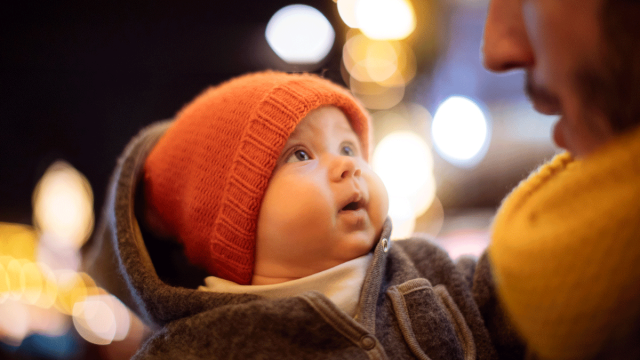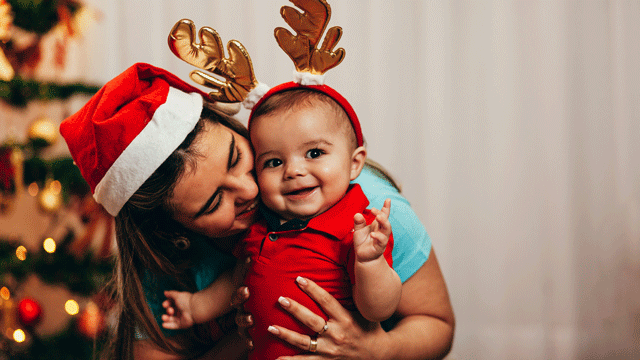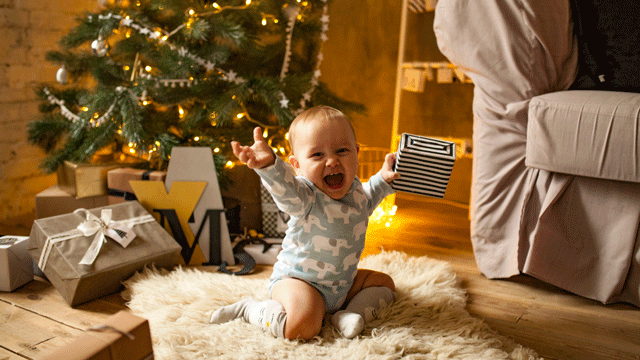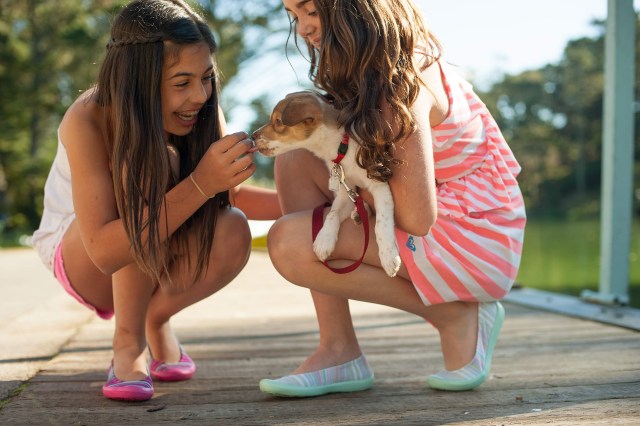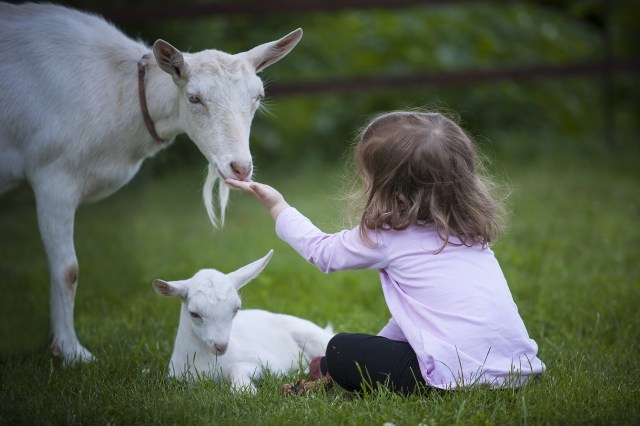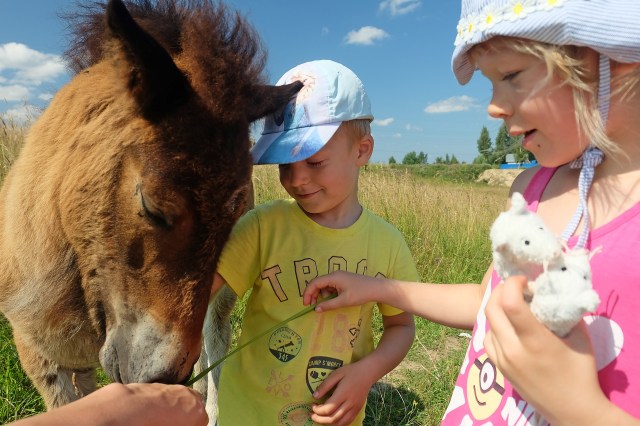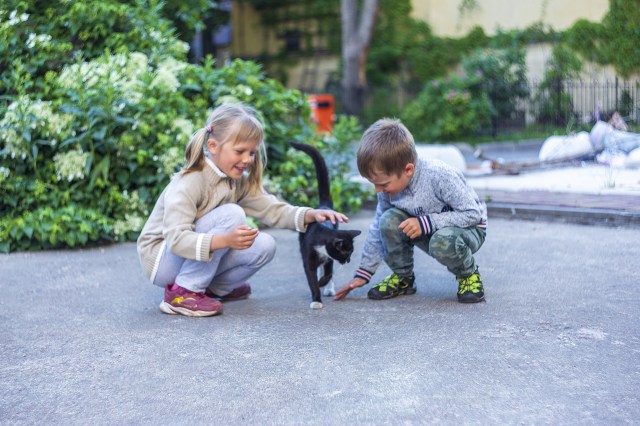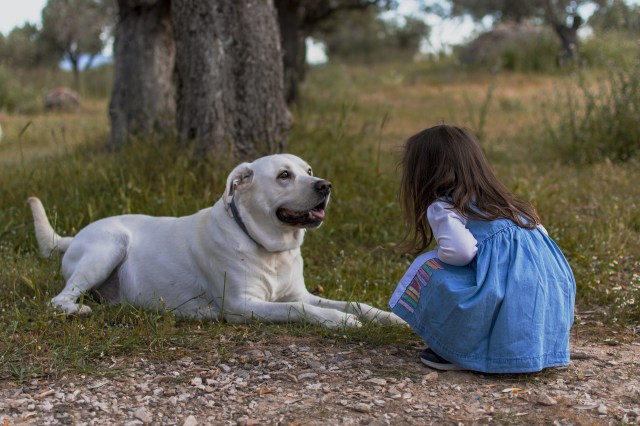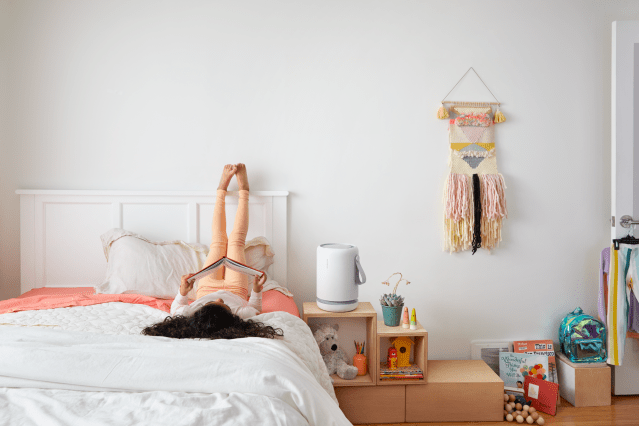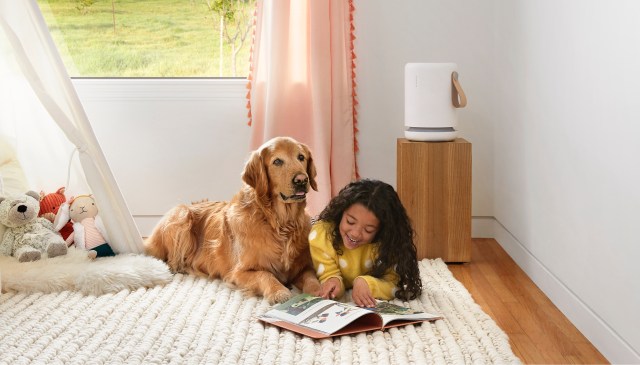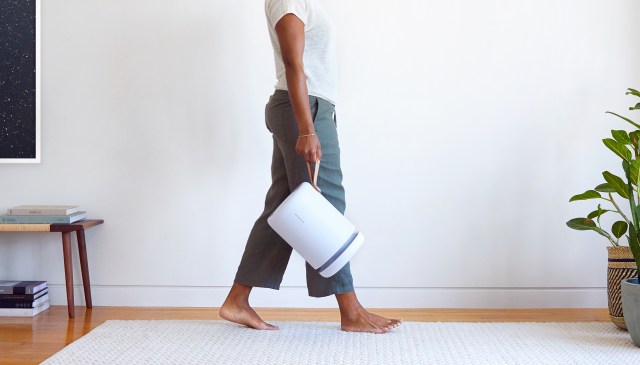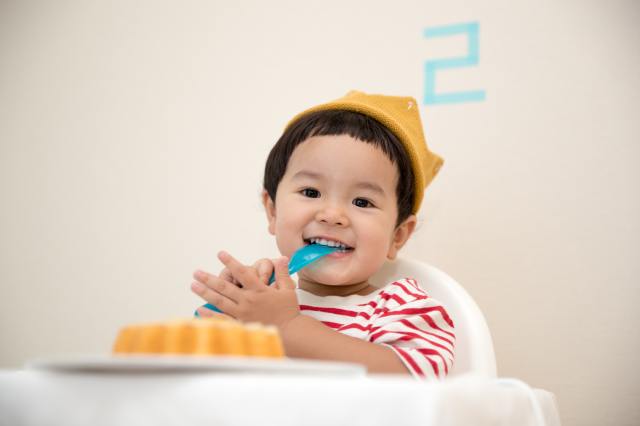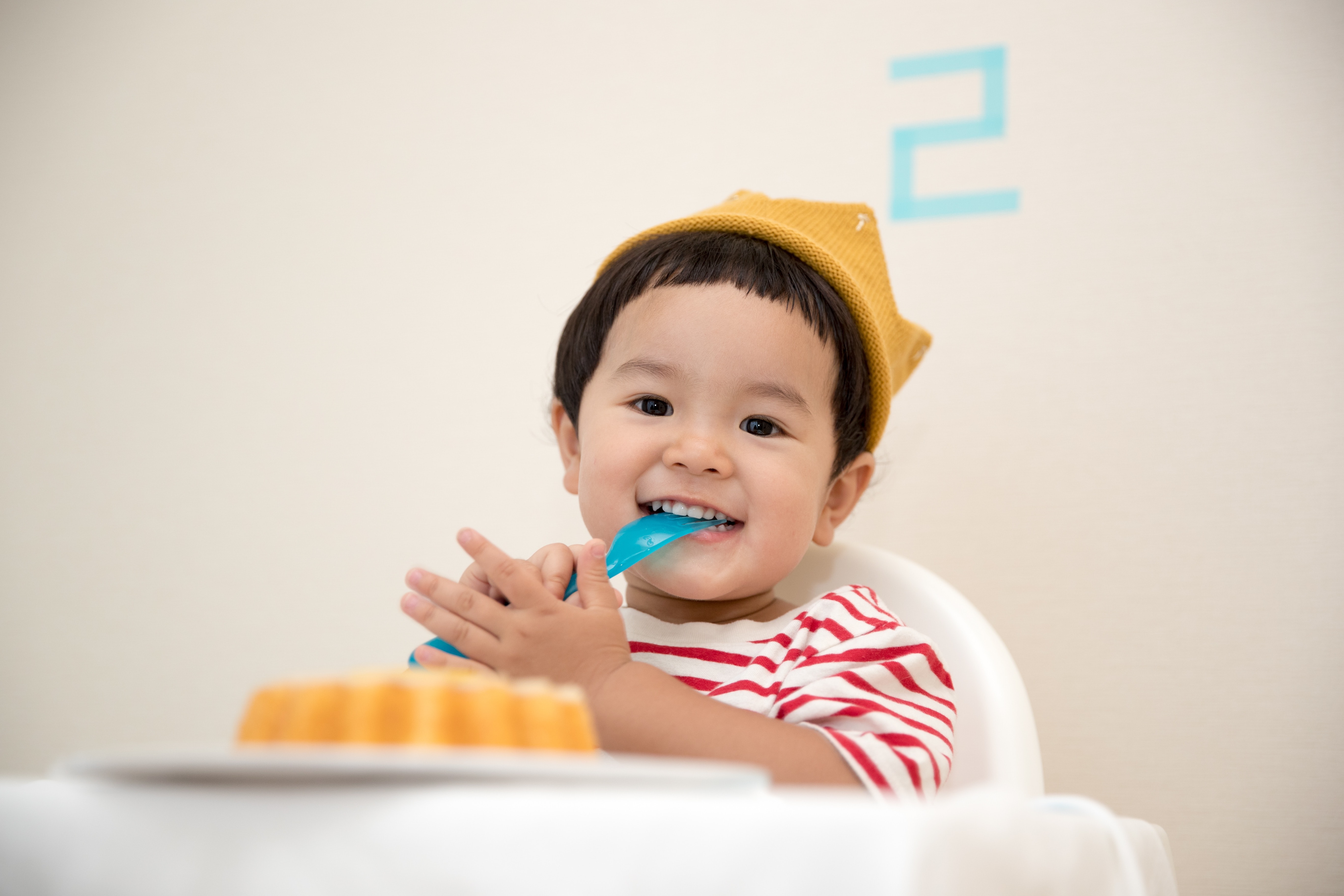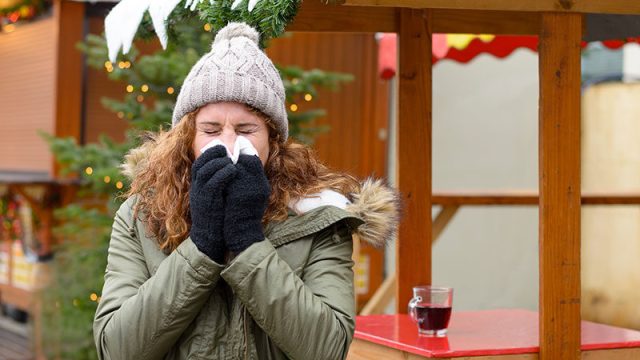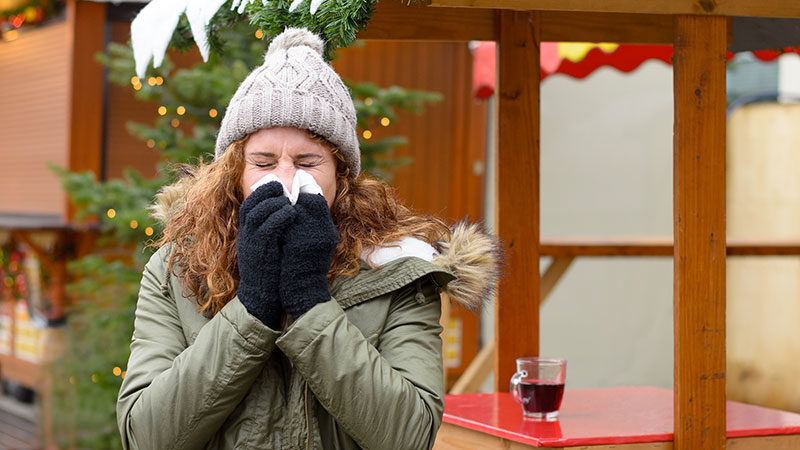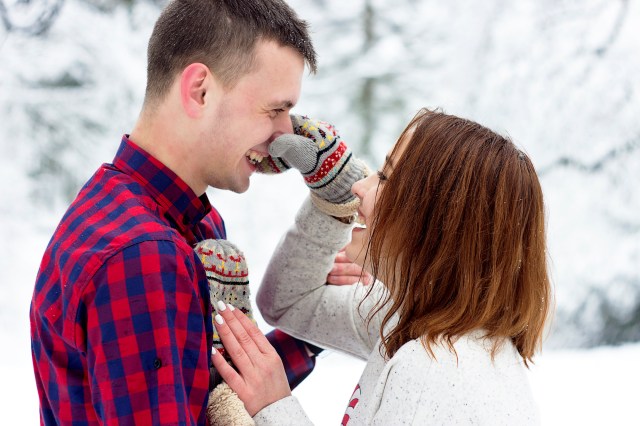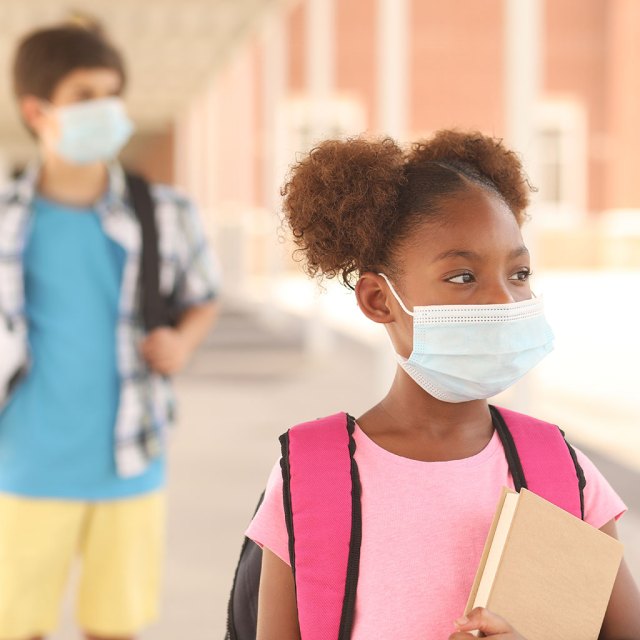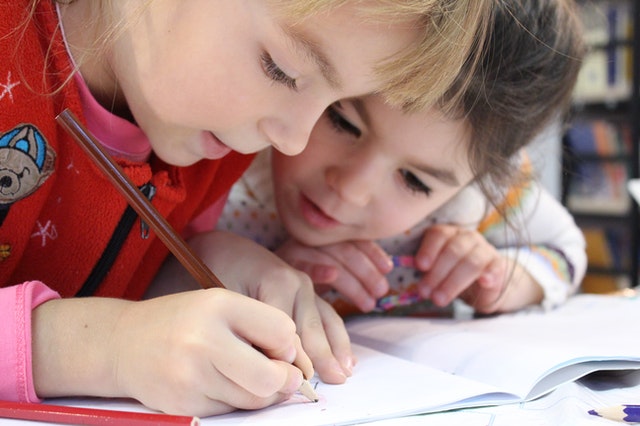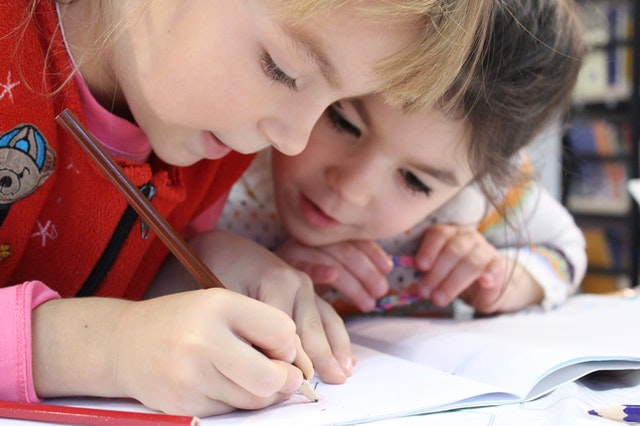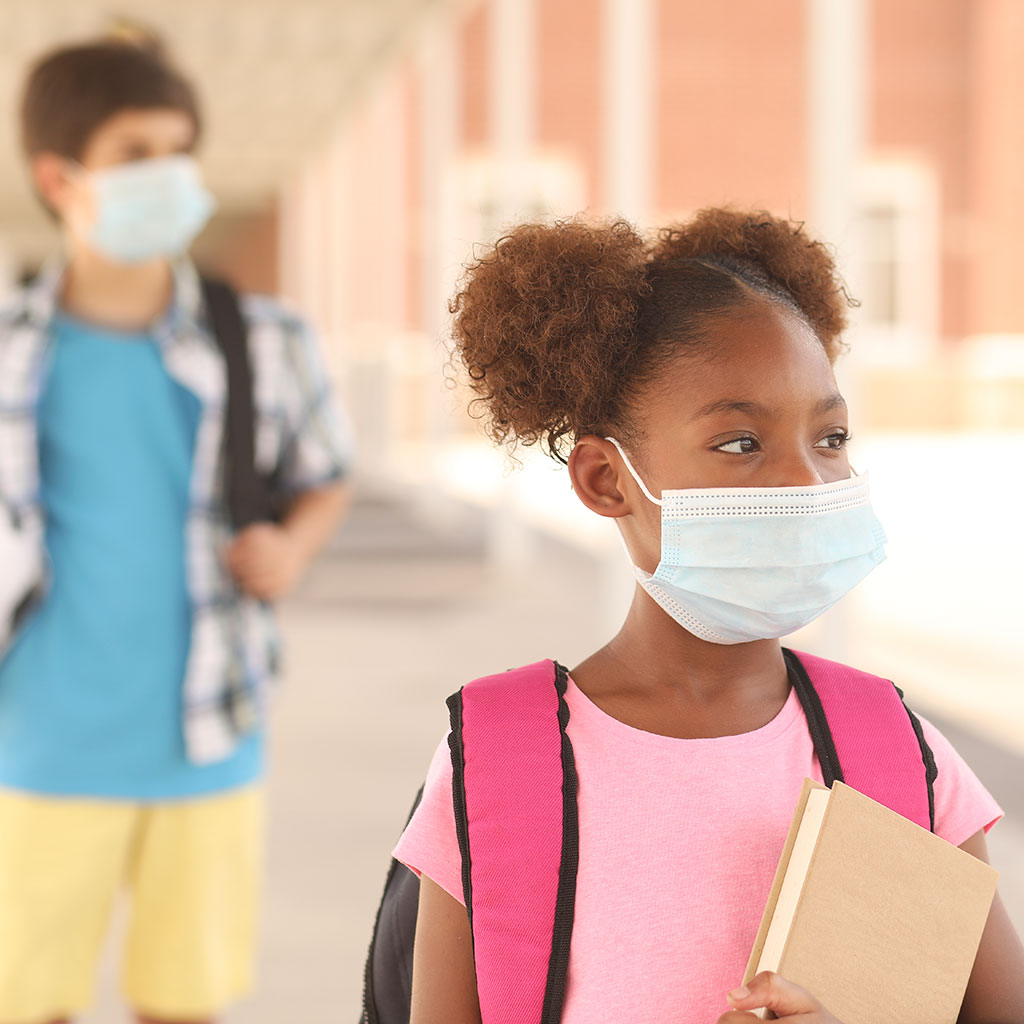
Photo: Britannica for Parents
Due to COVID-19, parents must make difficult decisions about their child’s schooling, but parents of children with chronic illnesses face even tougher choices. To learn more, we spoke to some parents of children who have asthma about how they are making these important decisions.
Children are eager to go back to school, and parents would love to send them back. Some children, however, are more vulnerable than others, such as those children with asthma. Asthma is a respiratory illness. Because COVID-19 can affect the lungs, people with asthma are at a higher risk than others. It can harm their respiratory tract or cause an asthma attack and can also lead to pneumonia or other respiratory issues.
Just as there are degrees of severity with COVID-19, there are degrees with asthma. Some people have a mild case. For others, it is much more severe. Given that asthma is a more common illness, with one in 12 people having it, Britannica for Parents spoke with parents of children with asthma to hear what their concerns are during this time and how they are making decisions about school. What became clear during these conversations is that the choice to send a child back to school is a deeply difficult and individual one and one in which the child’s welfare is central.
Going Back to School
Amanda lives in Alabama with her family. Her son, Luke, is 3 and a half years old and has moderate viral-induced asthma. His asthma will act up during colds or when he is around oak tree pollen, which he has an allergy to. After talking with her pediatrician, she made the decision to send Luke back to child care.
Amanda says Luke’s case is different from other asthmatics in that his asthma is milder. In addition, Amanda says that her son “loves school and loves peer interaction. I also sent him to school to help his immunity get stronger. His immune system was weakened from being away from daycare.”
Amanda is a nurse, and her sister is a pediatric nurse, so she is familiar with the virus as well as the toll it’s taken in her community. She lives in southern Alabama, close to the beach where a lot of people like to vacation, so the COVID numbers there have increased. Though her community is a hot spot, Luke’s child care program is doing a great job managing the virus. Amanda says, “Each child has a specific bucket of toys they can play with. The buckets have their name on it. They each have a cot and a nap mat.” The teacher checks the temperatures of the children as they’re coming in and takes the child to the classroom. All teachers and staff wear a mask.
Luke’s teacher has been out sick because of coronavirus, which she contracted from her asymptomatic husband, but Amanda is comfortable with the process in place for people to quarantine. “If you have a cold of any kind, you have to go to the doctor to get a diagnosis.” When her son had a cold, she had him tested for COVID-19, and he was negative. Despite the results, Amanda kept her son out of school. Amanda says, “I’m a nurse. I see false negatives. The actual lab is coming back negative, but out of respect for everyone else, I kept him home for 10 days.”
When asked what advice she has for other parents, Amanda said, “You got to trust whatever you’re doing. You are educating yourself in the best way you can. Whatever decision you and your family make, that is the best decision for you and will best help your family today. Stop beating yourself up about it.”
Learning Remotely
Brittany also lives in Alabama with her family. Her son is 6 years old and is going into first grade. The school made the decision to go remote for the first nine weeks of the school year and then reassess the situation. Brittany says that she is keeping her son at home if the school decides to send the children back to the classroom because her son has severe asthma. She says, “We made 13 ER trips in one year. I also have a 10-month-old. It is not worth the risk.” Brittany knows that remote learning is not the best way for her son to learn, but he is doing fine with it.
Brittany also wasn’t comfortable with the school’s plan. She felt that it was “up in the air.” And though the state of Alabama has made a few requirements, masks are not mandatory for first graders in her state.
When asked what advice she had for parents, Brittany says, “Definitely go with your gut, and do what you think is right. It is not about other families.”
Joining a Learning Pod
Sheri is a mother of a fifth-grader named Ethan. Her son has a milder case of asthma, but Sheri is immune-compromised. When we first spoke to Sheri at the end of July, she just made the decision to send her son back to school.
Ethan struggles with virtual learning. He gets frustrated and prefers being in a classroom. Sheri says that with virtual learning, “He is not going to be able to raise his hand and get extra help. Virtual instruction is not how he learns best.” Sheri spoke to Ethan’s doctor as well as her own doctor to help make this decision. There were also school board meetings where she learned about a proposed plan that Sheri felt comfortable with.
Things have changed weeks later, however. Sheri’s family lives in Illinois, where the numbers of COVID-19 cases are ticking up. We spoke to her recently and learned that the school is going remote until the beginning of October. In the weeks since we last chatted, Sheri also began to feel less comfortable with sending Ethan back to school. In fact, she doesn’t want to send him back until there is a vaccine in place.
Sheri spoke with other parents in her community to come up with a plan of their own—to create a learning pod. “It’s a group of seven kids, and three of the children are from one family. That home is where he will go to for e-learning. Four children are in fifth grade, one is in kindergarten, one is in third grade, and one is in first grade.” The parents hired a woman who tutors children. She is going to be in charge of making sure they log in. She will also be there for questions and reteaching during the school day, which is 8:45 am to 2:45 pm. Sheri is very comfortable with this. There is an additional bonus according to Sheri, “The kids can help each other and learn that way.”
When Ethan found out about the change, he wanted to go back to school at first, but Sheri explained to him why the kids are working this way and he is fine with it. Sheri says, “The fact that he’s going to see his friend, he’s fine with it.”
When asked what advice she has for other parents, Sheri says, “You have to do what’s best for your family situation.”
Questions to Consider
All parents we spoke to understand that sending their child back to school is a very personal decision that is based on their family’s and child’s needs. If you are making a similar decision, we have included a list of questions to consider. We’ve also included additional resources at the end of this article for more support. One resource is a tool kit offered by the Asthma and Allergy Foundation of America. The tool kit offers checklists and other supports to help schools create an asthma-friendly environment. When making your decision, however, we strongly encourage that you speak with your child’s doctor.
School Plan
- What is the school’s reopening plan?
- Are you comfortable with it?
- What is the school’s plan if someone gets sick?
- What is the school doing to support behaviors that reduce spread?
- How are schools ensuring proper ventilation?
- Will your child be affected by the cleaning supplies used?
- Does the school have a plan for class size? Staggered schedules?
- Does your child require access to services: school meals, social services, extended childcare, extracurricular activities? What is the school’s plan for these services?
- What is the transportation plan for going back to school?
Child’s Needs
- How severe is your child’s asthma?
- Do you have an Asthma Action Plan in place for child care or the school?
- What is your child’s learning style?
- Does your child require more structure or extra support?
- Is your child able to learn while working digitally?
- Can your child keep up with the work?
- What is your child’s mood like during lengthy periods of virtual learning?
- Does your child know how to wear a face mask?
- Does the benefit of social interaction outweigh the risks?
Community & Home
- Are the COVID-19 numbers rising in your community?
- What is your work schedule like?
- Is a parent able to stay home with your child?
- Are you and your family in a place in which you could quarantine for two weeks if your child was exposed to COVID-19?
- Do you live with anyone else who is at an increased risk?
- Do you have access to the Internet and a device for virtual learning?
- Does your child require specialized equipment? Do you have that equipment at home?
- Is there a place at home where your child is away from distractions?
Learn More
Asthma and Allergy Foundation of America, “Asthma Action Plan,” [n.d.]
Asthma and Allergy Foundation of America, “COVID-19 and Asthma Toolkit for Schools,” 2020
Centers for Disease Control and Prevention, “Asthma in the U.S.,” 2011
Centers for Disease Control and Prevention, “Back to School Planning: Checklists to Guide Parents, Guardians, and Caregivers,” 2020
Centers for Disease Control and Prevention, “The Importance of Reopening America’s Schools This Fall,” 2020
Gay, Holly, “Managing Asthma During COVID-19,” 2020
Slater Tate, Allison, “4 Questions Parents Need to Ask Before Sending Their Kids Back to School This Fall,” 2020
About the Author:
Karen Aleo: Managing Editor of Britannica for Parents Karen has a master’s degree in education in curriculum and instruction from National Louis University. She is also the author and editor of several books for young readers.
We’re living in a time when it’s nearly impossible to distinguish fact from fiction. Parents need information they trust to help them make good decisions about raising their curious learners. Britannica for Parents provides safe and credible resources to empower all kids and parents and inspire curiosity for generations to come.
